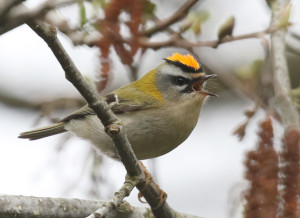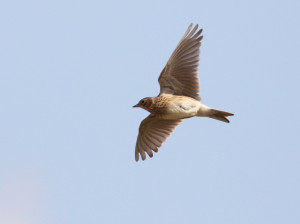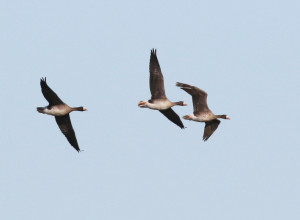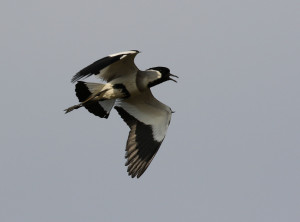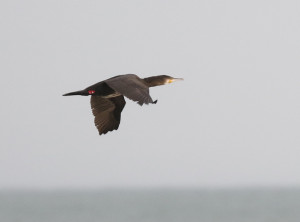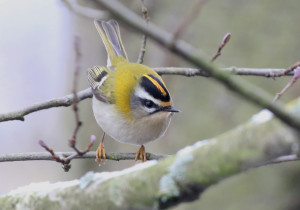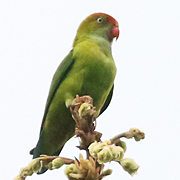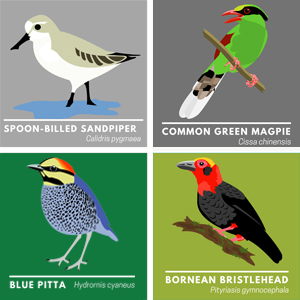Most birders in southern England will have become used to the fact that this species has changed its status from being exclusively a summer visitor to a bird that winters in UK in small numbers. It has been discovered that these Blackcaps that winter in Britain migrate to UK from Central Europe and Scandinavia (check out this BTO Wintering Blackcaps Factsheet) meaning that the single male I saw singing on 5th January is almost certainly not in the area now and that the birds which are flooding into this area of Southeast England currently are migrants coming in from the Mediterranean region.
This morning I was showing Mary Anketell around my local birding patch and we came across good numbers of singing male Blackcaps, blasting their song out from the freshly unfurling hawthorn and elder foliage, providing a nice soundtrack to the sunny but frostily cold morning. Read more »


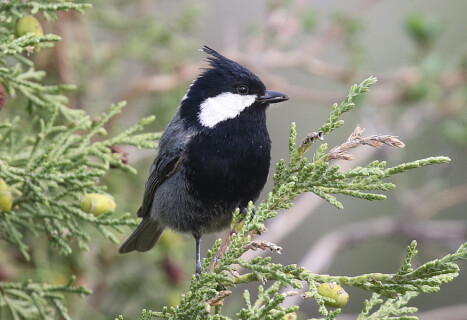
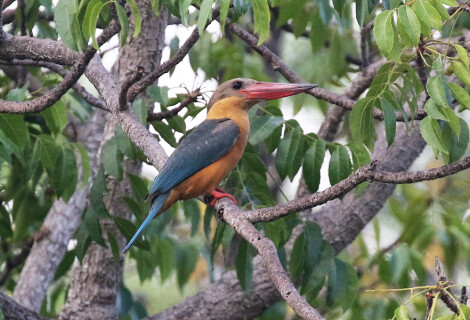


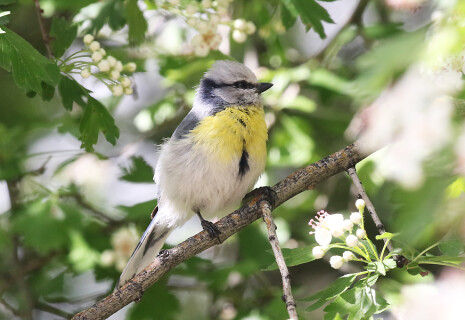
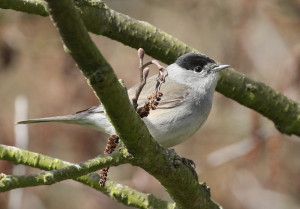
 April 8th, 2021
April 8th, 2021  Nick
Nick 